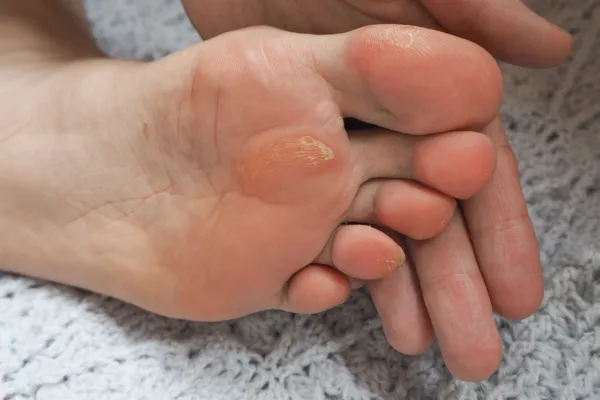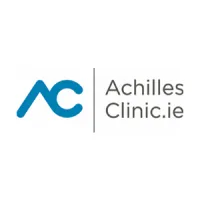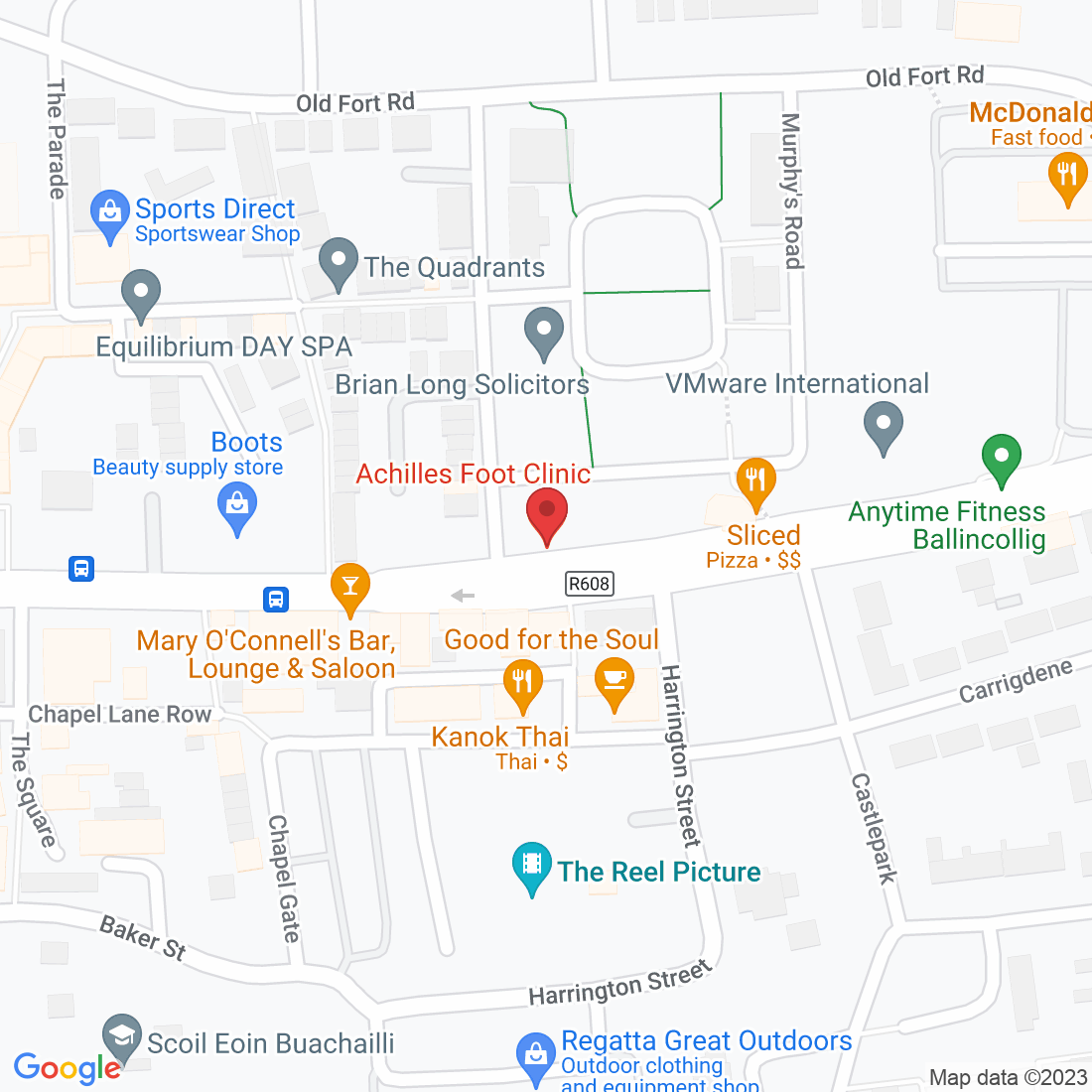
We have all been there, neglected a niggle in our foot and told ourselves that it would probably go away. Weeks have passed, even months, and it’s only getting worse. Then finally, when we are hobbling around barely able to walk, we decide to seek help…
Well, at Achilles Foot Clinic, we are here to help you.

Verruca vs. Corns: Understanding the Difference and How to Treat Them
Ever noticed a stubborn bump on your foot and wondered if it's a verruca or a corn? You're not alone! These two foot conditions can look similar, but they have different causes and require different treatments. At Achilles Foot Clinic, we see patients with both verrucas and corns all the time, so we want to help you tell them apart and get on the road to smoother, healthier feet.
What is a Corn?
A corn is a hardened area of dead skin that develops due to excessive pressure or friction. They typically occur on the tops, sides, or between the toes. Corns can be uncomfortable, especially when wearing tight shoes or engaging in activities that put pressure on the affected area.
What is a Verruca?
A verruca, also known as a plantar wart, is a small bump caused by the human papillomavirus (HPV). Verrucas are contagious and can spread through direct contact with infected skin or contaminated surfaces. While not always painful, verrucas can have a rough, cauliflower-like appearance and sometimes have tiny black dots in the centre.
How to Tell Them Apart:
Here's a quick guide to differentiate between a corn and a verruca:
Cause: Corn - friction/pressure; Verruca - HPV infection
Pain: Corn - often painful with pressure; Verruca - may or may not be painful.
Appearance: Corn - smooth, uniform colour; Verruca - rough, uneven colour, possible black dots
Squeeze Test: Corn - squeezing the sides might cause pain; Verruca - squeezing from the sides might not cause pain, but squeezing the top can
If you're unsure, it's always best to consult a podiatrist for a proper diagnosis.
Treatment Options:
Corns: We can recommend padding, orthotics, or different footwear to reduce pressure and friction. Corns can also be carefully trimmed in our office.
Verrucas: Several treatment options exist, including topical medications, freezing therapy, or minor surgical procedures.
Preventing Corns and Verrucas:
Wear well-fitting shoes with good cushioning.
Change socks daily.
Keep your feet dry.
Avoid sharing towels or shoes with others.
Wear flip-flops in public showers or pool areas.
Don't suffer in silence!
If you have a corn or verruca, our podiatrists at Achilles Foot Clinic can help. We offer effective treatment options to get you back on your feet feeling comfortable and confident. Contact us today to schedule an appointment!
Ask Lorcan And His Team
Fill in the form to request a Call From Our Team
Fill in the form to request a Call From Our Team
One of our team will call you for FREE and answer any questions or concerns you may have about Bunions.
One of our team will call you for FREE and answer any questions or concerns you may have about your uncomfortable Bunions.








